
Mathematics and physics academic staff
Take a look at what our mathematics and physics academic staff are currently doing in their fields.
Head of School

Professor Anne Skeldon
Head of School of Mathematics and Physics
Mathematics academic staff

Dr Werner Bauer
Lecturer in Mathematics

Dr Jonathan Bevan
Reader

Professor Dorje Brody
Professor in Mathematics

Dr Bin Cheng
Senior Lecturer

Dr James Grant
Reader

Dr Jan Gutowski
Reader

Dr Audrey Kueh
Teaching Fellow

Professor David Lloyd
Professor in Mathematics

Dr Camilla Nobili
Lecturer in Mathematics
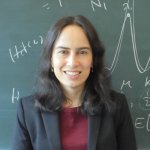
Dr Andrea Prinsloo
Senior Lecturer (teaching track) in Mathematics

Dr James Roberts
Teaching Fellow in Mathematics

Dr Naratip Santitissadeekorn
Senior Lecturer in Data Assimilation

Professor Anne Skeldon
Professor of Mathematics
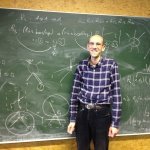
Professor Alessandro Torrielli
Professor

Professor Cesare Tronci
Professor of Mathematics

Dr Matthew Turner
Associate Professor in Mathematics

Dr Polina Vytnova
Lecturer in Mathematics

Dr Martin Wolf
Associate Professor

Professor Sergey Zelik
Programme Leader
Physics academic staff

Professor Adam Amara
Head of School of Mathematics and Physics

Dr Wooli Bae
Lecturer in Experimental Soft Matter Physics

Professor Wilton Catford
Professor, Research Group Leader of Nuclear Physics & Applications

Dr Michelle Collins
Reader (Associate Professor), Associate Dean Doctoral College

Dr Payel Das
UKRI Future Leaders Fellow

Dr Alexis Diaz Torres
Reader in Nuclear Theory, modelling reaction dynamics of atomic nuclei which is key to understanding both energy generation and the creation of chemical elements in stars.

Professor Daniel Doherty
Professor

Dr Denis Erkal
Reader (Associate Professor) of Astrophysics

Dr Eran Ginossar
Associate Professor, Associate Head for Research & Innovation

Dr Alessia Gualandris
Associate Professor
Dr Isabella Guido
Senior Lecturer in Experimental Biological Physics

Dr Jack Henderson
UKRI Future Leaders Fellow

Dr Robert Izzard
Senior Lecturer

Dr Izabela Jurewicz
Senior Lecturer in Soft Matter

Professor Joseph Keddie
Professor of Soft Matter Physics and Royal Society Industry Fellow
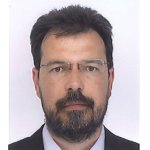
Dr Konstantin Litvinenko
Research Fellow and Teaching Fellow in Physics
Professor Gavin Lotay
Professor, Director of Research and Innovation

Dr Lisa Morrison
Lecturer, Physics Admissions Tutor, Senior Personal Tutor

Professor Benedict Murdin
Professor of Physics, Head of the Photonics and Quantum Sciences Group

Dr Noelia Noel
Senior Lecturer, PhD in Astrophysics

Dr Silvia Pani
Senior Lecturer in Applied Radiation Physics

Professor Zsolt Podolyak
Professor

Professor Justin Read
Professor of Astrophysics
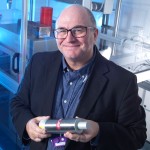
Professor Patrick Regan
NPL Professor of Nuclear Metrology

Dr Andrea Rocco
Associate Professor in Physics and Mathematical Biology

Dr Jesús Rubio Jiménez
Surrey Future Fellow

Dr Richard Sear
Associate Professor (aka Reader), Soft Matter, Biological and Medical Physics Group leader, Sustainability Fellow with the Institute for Sustainability

Professor Paul Sellin
Professor of Physics

Dr Caroline Shenton-Taylor
Senior Lecturer in Applied Nuclear Physics

Dr Ragandeep Singh Sidhu
Surrey Future FAUST Fellow
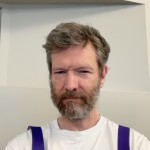
Professor Paul Stevenson
Professor of Physics, AWE William Penney Fellow

Dr Matteo Vorabbi
Lecturer

Dr Esra Yuksel
Lecturer